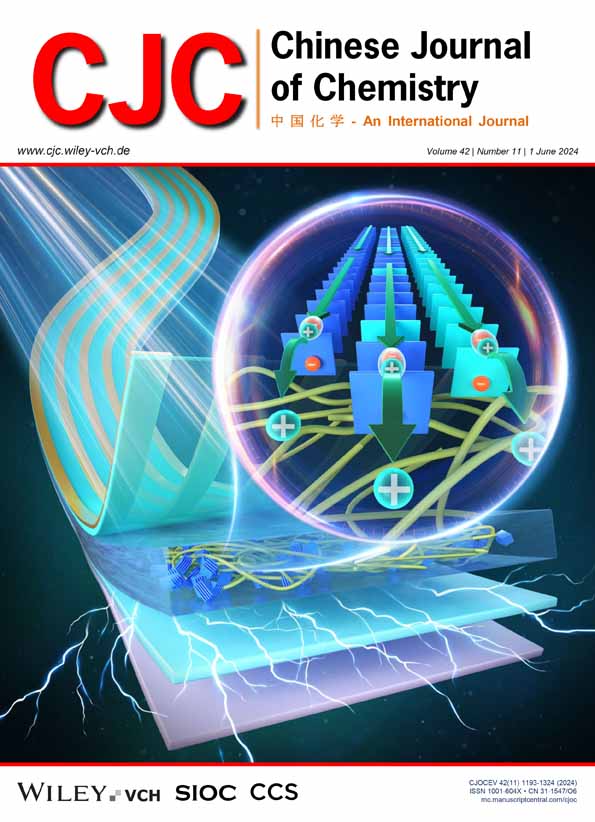As a class of organic dyes, boron-containing compounds play an important role in organic luminescent materials. They have attracted considerable attention due to their unique photophysical properties. Chiral luminescent systems have a wide range of practical applications in biological imaging, optoelectronic devices, information storage and 3D display. Boron-containing chiral luminescent materials can not only effectively improve the luminescent properties of CPL materials, but also bring unique properties to the system, which enables them to be used as favorable CPL emitting materials for an expanded range of applications. Here, we review the research progress of boron-containing chiral luminescent materials by the detailed discuss according to different chiral skeletons, such as point chirality, 1,1’-binaphthyl, [n]helicenes, [2,2]paracyclophane and pillar[5]arenes. We believe that this review is of significance for the development of boron-containing compounds and CPL materials.
The studies of circularly polarized luminescence (CPL) based on small organic molecules have advanced significantly. However, boron-containing chiral luminescent materials have gained attention only in recent years. In 2019, Zhao's group prepared a binaphthalene derivative modified with triarylborane, representing the organic small molecule luminescent material to exhibit CPL characteristics responsive to both solvent and fluoride ions. In 2020, the Chen's group used the unique luminescence properties and steric effects of triarylborane and triphenylamine to prepare CPL materials based on the planar chiral pillar[5]arenes. In 2021, Wang's group developed a new class of B,N-embedded double hetero[7]helicenes molecules that exhibit strong chiroptical responses in the UV-visible region. In the same year, He's group used asymmetric reactions to synthesize boron-based point-chirality compounds with high efficiency and enantioselectivity. In 2023, Ravat synthesized 1,4-B,N-embedded helicenes exhibiting narrow-band fluorescence and CPL. During this period, Matthias Wagner et al obtained (BO)2-doped tetrathia[7]helicene via an efficient four-step synthesis, and Zheng reported the nearly pure green circularly polarized electroluminescent device (CP-OLED). In 2024, Chen's group prepared B,N-embedded hetero-[9]helicenes offering a pathway towards significantly enhanced efficiency in helicene-based CPEL.


